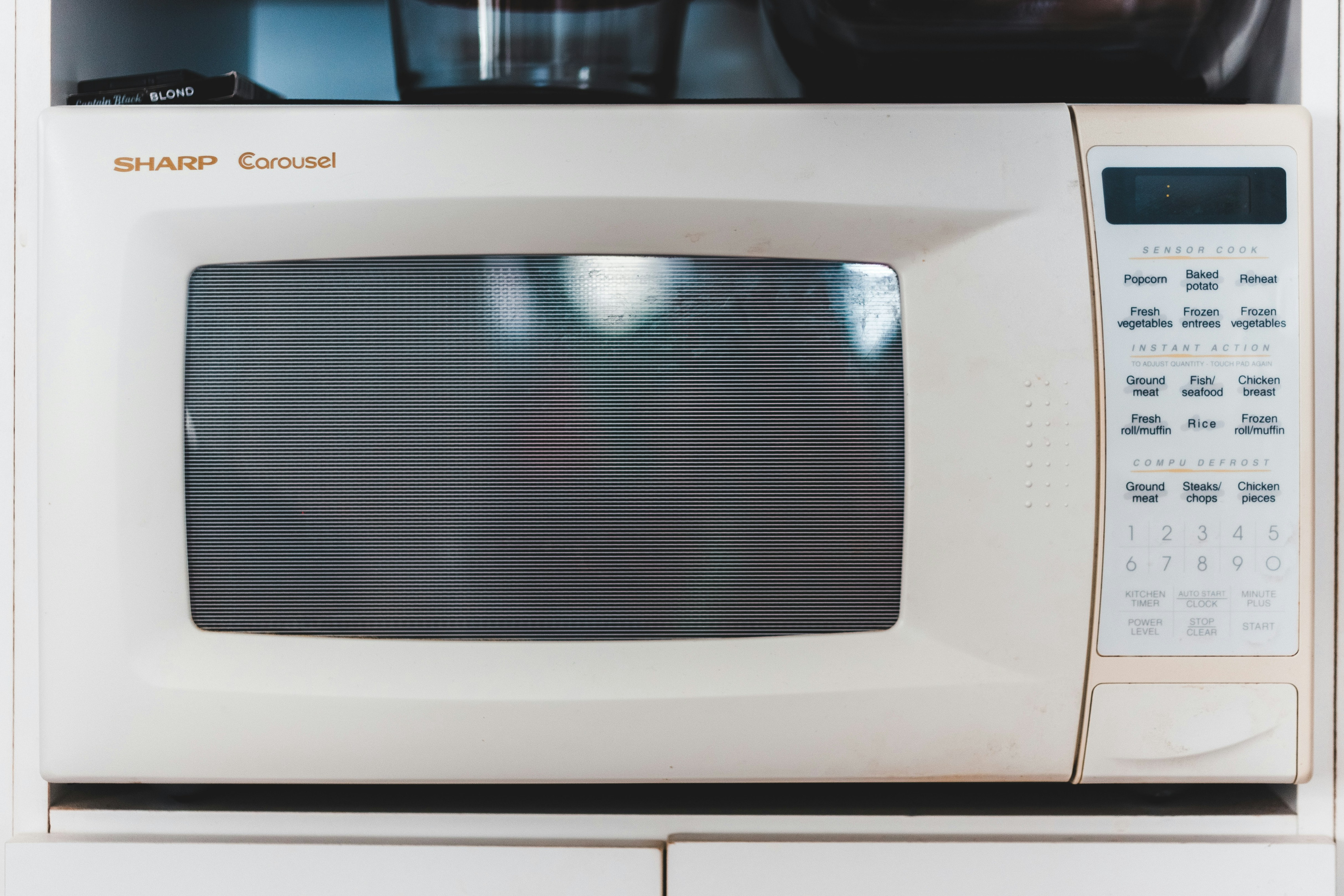You are not logged in
Microwaves and Melted Candy Bars: A Sticky Scientific Surprise
zoerotter | July 4, 2025, 12:20 p.m.

Introduction: From Chocolate to Convenience
Imagine this: You're a radar engineer in the 1940s, surrounded by humming equipment and curious contraptions. One day, you're standing a little too close to a magnetron and suddenly—uh oh—your candy bar melts in your pocket. Most would sigh and clean up. Percy Spencer, however, asked, "Why did that happen?"
The Accidental Eureka
Percy Spencer was working on active radar technology at Raytheon when he noticed the chocolate bar in his pocket had mysteriously softened into goo. Rather than be annoyed, he was intrigued. Soon, he was intentionally placing popcorn kernels and eggs near the magnetron, observing how they reacted to the waves. Spoiler: the egg exploded. Classic early science.
Microwaves: Not Just for Radar Anymore
What Spencer had stumbled upon was the effect of microwave radiation—non-ionizing electromagnetic waves that excite water molecules, generating heat. This energy transfer mechanism was powerful and fast, and it didn’t take long before the idea of using it for cooking was born.
The First Microwave Oven: Bigger Than Your Fridge
The original commercial microwave oven, called the “Radarange,” was introduced in 1947. It was over 6 feet tall, weighed 750 pounds, and cost about $5,000—roughly the price of a car. Still, it was a hit in restaurants and on ships, where speed and space were at a premium.
From Industrial Beast to Kitchen Buddy
By the 1960s, thanks to technological miniaturization and a growing appetite for fast meals (hello, TV dinners), microwave ovens became more compact and affordable. They stormed into households everywhere. Fast-forward to today: we use microwaves for everything from reheating pizza to mug cakes and even science experiments gone terribly wrong.
Science Behind the Scenes
Microwaves operate at a frequency of about 2.45 GHz. That’s the sweet spot where water, fats, and sugars absorb the energy best, creating friction and therefore, heat. This is why your soup heats up, but the bowl often stays cooler—unless it’s got water content too.
Why We Love It: Convenience & Curiosity
The microwave’s accidental discovery didn’t just change kitchens—it changed how we interact with food. It paved the way for instant meals, food preservation innovations, and even medical sterilization techniques. All because a guy didn't mind getting a little chocolate on his lab coat.
Conclusion: Sweet Mistakes That Shaped the World
Some inventions come from hard work and deliberate research. Others? From standing in the wrong place at the right time. Percy Spencer’s melted candy bar reminds us that curiosity, not frustration, is often the real driver of innovation. So the next time you hear popcorn popping, remember: you’re witnessing one of science’s tastiest accidents in action.
Comments:
Log in to leave a comment